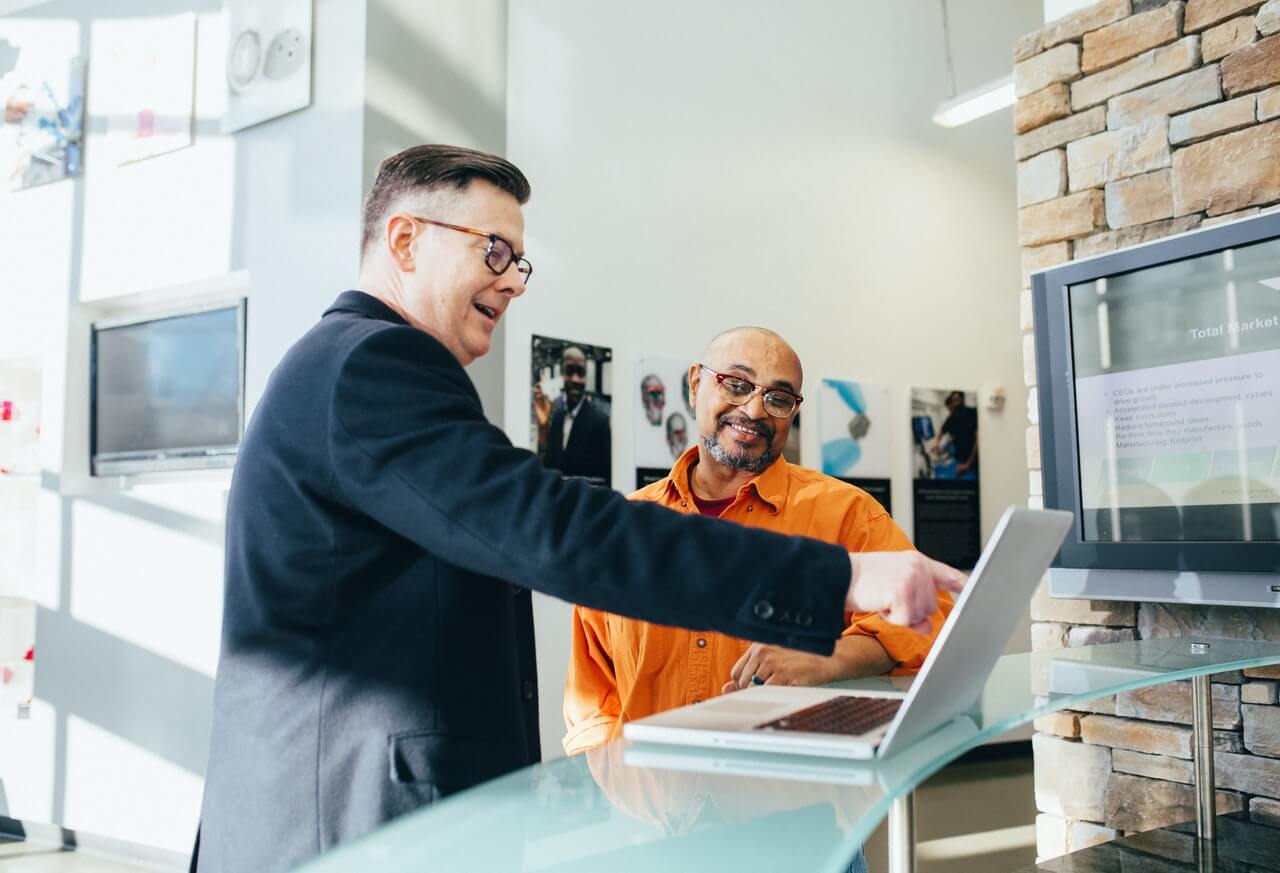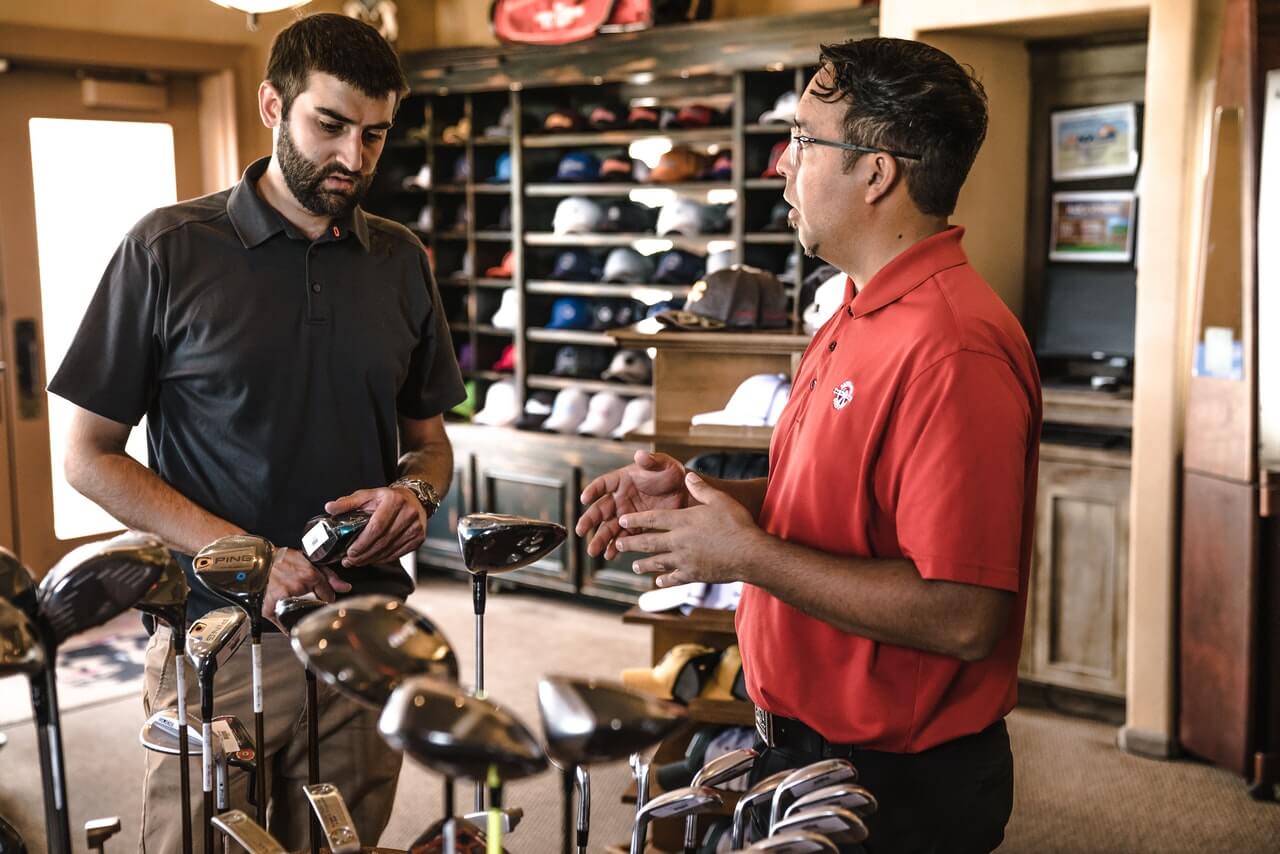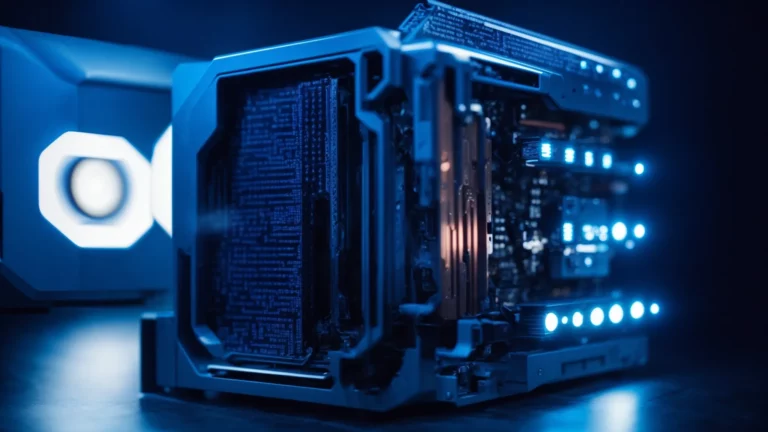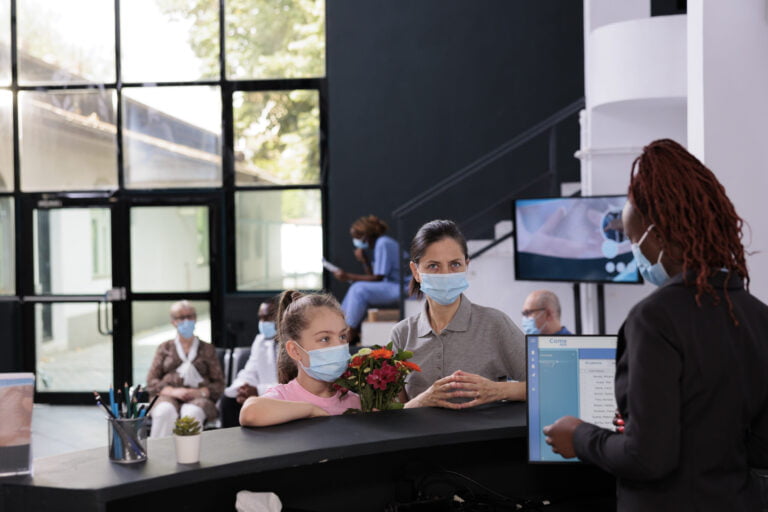What’s the difference between customer service and the customer experience? Most business owners are more familiar with the language surrounding the former than they are with the latter. They know customer service is designed to increase customer satisfaction. If a customer buys a product and then takes it home to find a fatal flaw, customer service is ensuring that they can return the item and get a satisfactory replacement as soon as possible. Customer experience, however, can be defined as the overall journey a customer takes when they interact with a company or brand. It’s a series of interactions rather than just a single one. To throw one more definition into the mix, a company that builds a connection with their customers is providing what’s known as customer care. To really meet the needs of the people you’re serving, you need all three things to be working together. One part of ensuring that happens is adding to the list of amenities and services you offer.
Creating Extra Value
Put yourself in the customer’s shoes. That shouldn’t be too hard, since business owners are also customers themselves. What was the difference between the last great business interaction you had versus the last just OK one? Maybe you had a dentist that gave you a goody bag filled with more than just toothpaste and a toothbrush. Maybe it also had floss, mouthwash, and even a coupon for a local business. People remember those sort of things, and giving a customer something that they can’t get anywhere else creates extra value.

As another example, a ton of restaurants will give you a small dessert on your birthday. If you’re a restaurant owner, how can you go beyond that in a way that creates loyalty? Well, you could offer patrons a 10 or 20 percent discount on their overall bill along with a free dessert. That’s going to create an impression. They’re not just getting something they might not have asked for otherwise, like a piece of cake, but they’re also saving money on the appetizers, main course, and drinks.
A lot of businesses have waiting rooms. They’re necessary for everything from a trip to the hair salon to a trip to the tire shop. We expect them to have old magazines and uncomfortable chairs, but what if you added some refreshment to the mix? A soda machine is a pretty common addition to waiting rooms, but adding an ice vending machine is even better. Grabbing a cold soda from a machine is convenient, but there’s nothing quite like pouring a cold drink over even colder ice. Since not everyone drinks soda, make sure to add a clean, cold water fountain to the premises as well. They also work well for break rooms where employees go to unwind in between shifts.
Treat People Like, Well, People
Use the element of surprise to your advantage. It’s especially helpful in environments where customers are instinctively wary because they’re so used to being treated like an inconvenience. Take air travel, for instance. Most of us have given up on expecting it to be anything resembling a pleasant experience. Customer satisfaction ratings show that ultra-low-cost carriers rank at the very bottom of the list, which shouldn’t be much of a surprise. Sure, people want low prices, but they also want to be treated like people. Airlines that recognize that fact are rewarded with higher ratings.

Air travel may be an extreme example, but most business owners can think of something that works to their disadvantage and try to turn it into an advantage. For instance, Southwest Airlines flight attendants often take boring in-flight announcements and add a bunch of jokes to relax passengers and create a sense of community. That doesn’t mean you should make the office receptionist should stand at the front desk and tell knock-knock jokes, but catching people off guard in a good way can help forge a connection that feels authentic.












